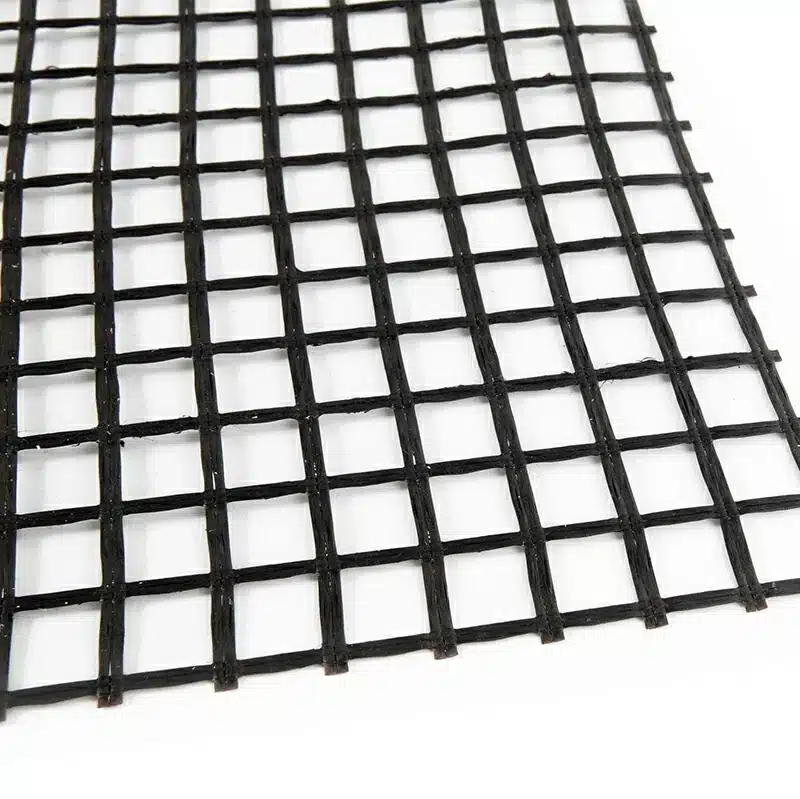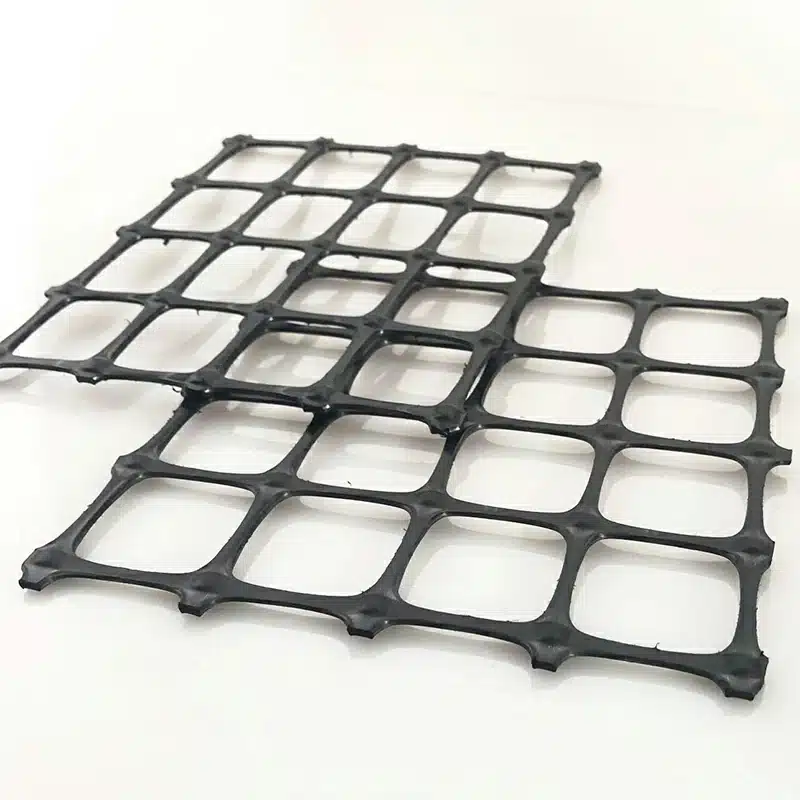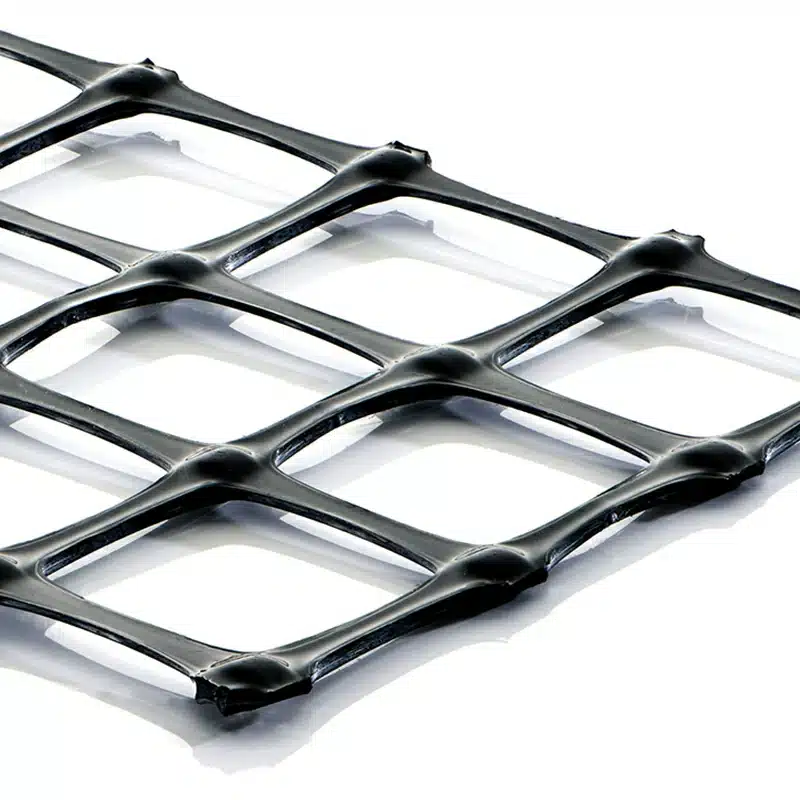+86-159 9860 6917
info@geofantex.com
geofantex@gmail.com
+86-400-8266163-44899
Geogrid fabric is a crucial component in the construction of retaining walls, offering stability and durability. In this article, we’ll explore the reasons to use geogrid for retaining walls, discuss the best fabric choices, and delve into the types of geogrid used for these projects.
Retaining walls are a common sight in landscaping and civil engineering, serving as vital structures that prevent soil erosion, manage slopes, and create functional outdoor spaces. To ensure the longevity and effectiveness of these walls, choosing the right materials is paramount. One of the key elements in retaining wall construction is geogrid fabric, a reinforcement material that can significantly enhance the wall’s stability and lifespan. In this article, we’ll address some essential questions about geogrid fabric for retaining walls, offering insights into its benefits and applications.

Should I use Geogrid for the retaining wall?
Using geogrid fabric in retaining walls is essential, especially for walls above three or four feet. It strengthens the wall, boosts stability, and increases its load-bearing capacity. This fabric prevents soil displacement and erosion while extending the wall’s lifespan. Plus, it enables the construction of taller, slimmer walls, making it a valuable choice for your retaining wall project.
What is the best fabric for retaining walls?
The best fabric for retaining walls is typically a high-quality, woven, or non-woven geogrid fabric. These materials are specifically engineered for soil reinforcement and retaining wall applications. It’s essential to choose a fabric that is durable, resistant to UV radiation and moisture, and compatible with the specific requirements of your project. Be sure to consult with a professional to determine the ideal fabric for your retaining wall.
What geogrid is used for retaining walls?
There are various types of geogrids suitable for retaining walls, including uniaxial and biaxial geogrids. Uniaxial geogrids primarily reinforce walls against horizontal forces, while biaxial geogrids offer reinforcement in both horizontal and vertical directions. The choice of geogrid depends on the specific needs of your retaining wall, as well as the recommendations of your engineer or architect.

What are the additional benefits of using geogrid fabric in retaining walls?
Apart from enhancing stability and longevity, using geogrid fabric offers the following advantages:
- Cost-Efficiency: By reducing the amount of material required for the wall’s construction, geogrid fabric can lead to cost savings.
- Environmental Friendliness: Geogrids can be a more environmentally friendly choice since they reduce the need for excavating, importing, and disposing of additional soil.
- Versatility: Geogrids can be used in various retaining wall configurations, making them suitable for a wide range of projects.
In conclusion, geogrid fabric is an indispensable component for enhancing the stability and longevity of retaining walls. When used appropriately and in conjunction with a well-designed wall, it can provide the necessary reinforcement to withstand the test of time. Remember to choose the right fabric and installation methods, and consult with experts when needed to ensure the success of your retaining wall project.



Get Free Sample
We’ll respond as soon as possible(within 12 hours)






















